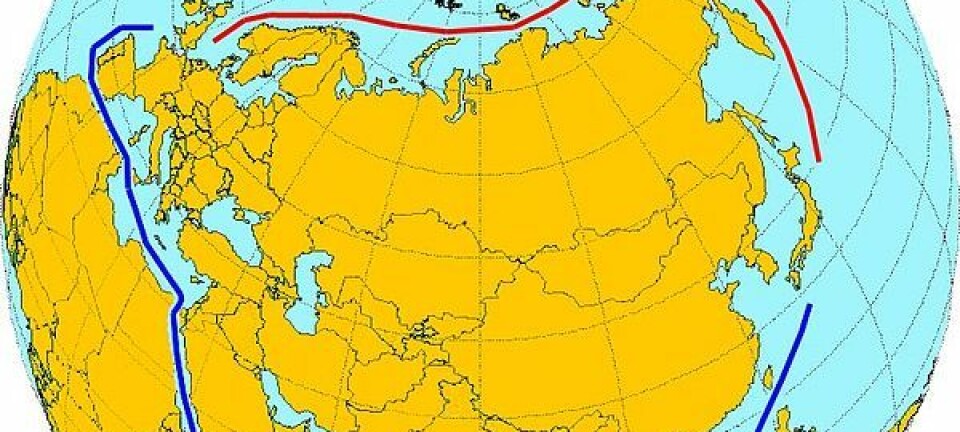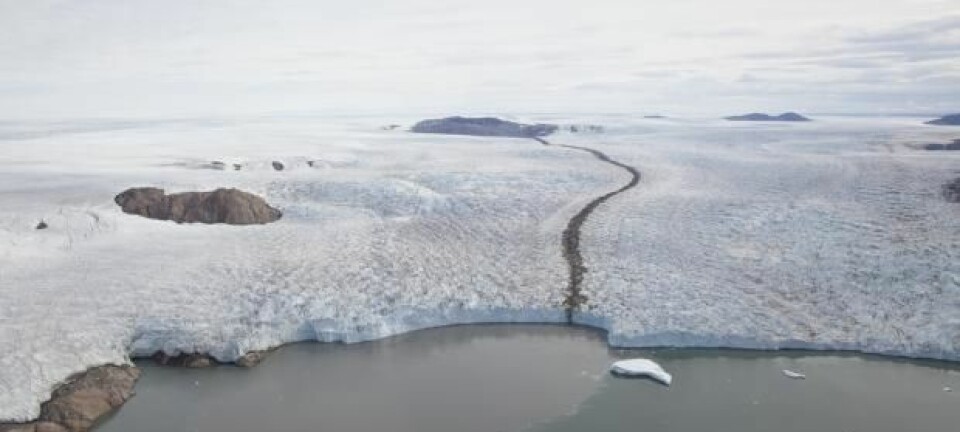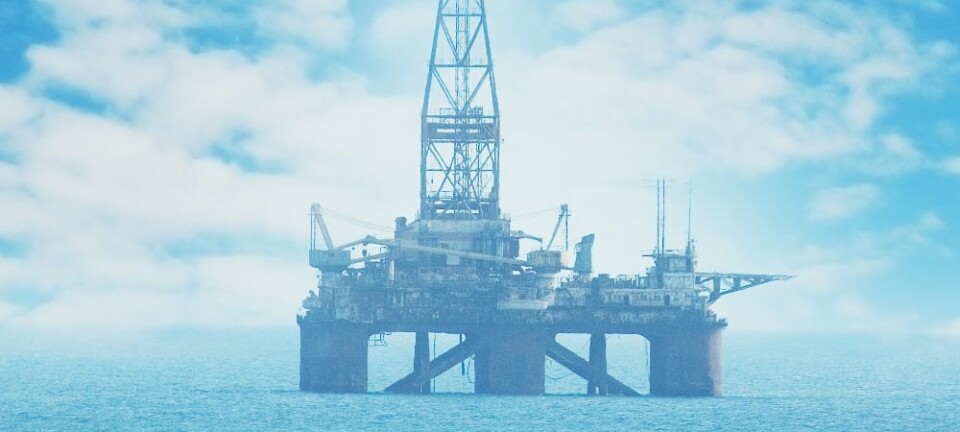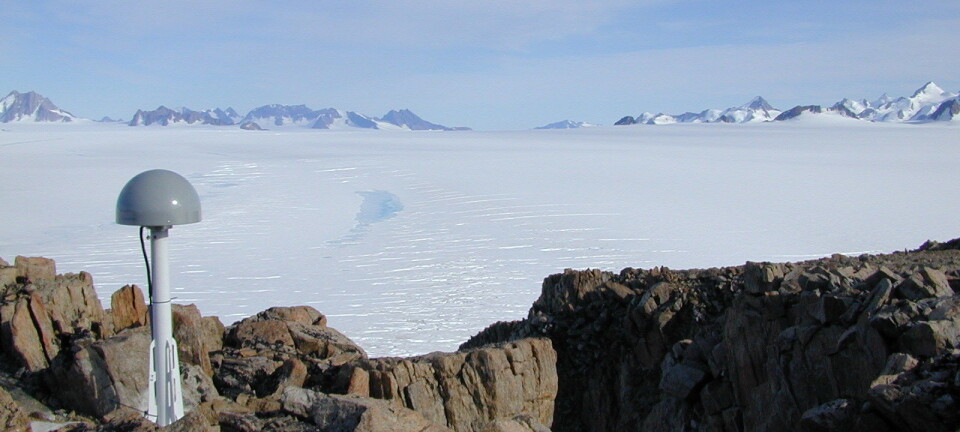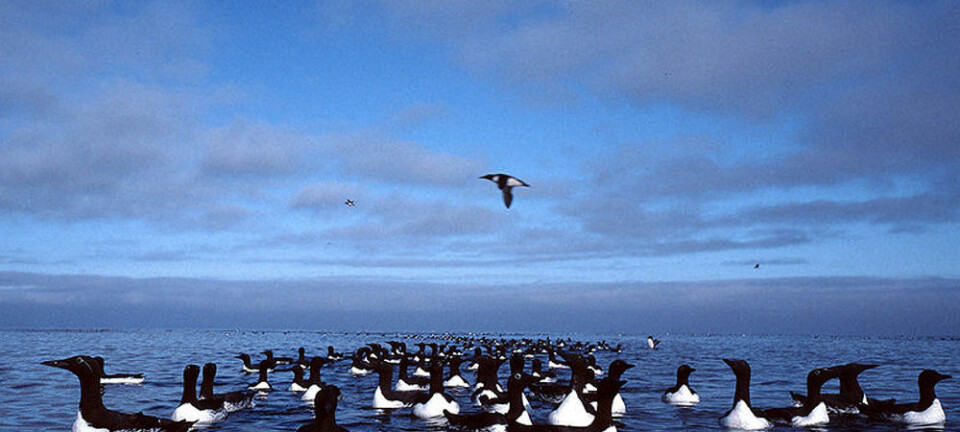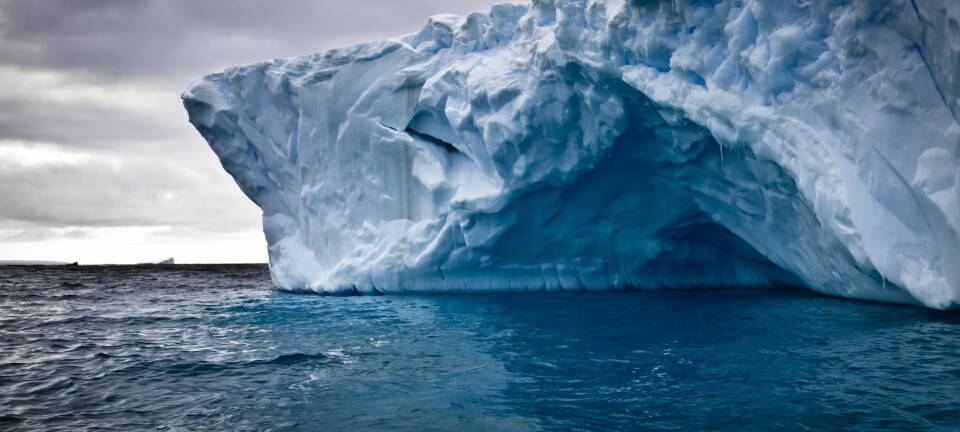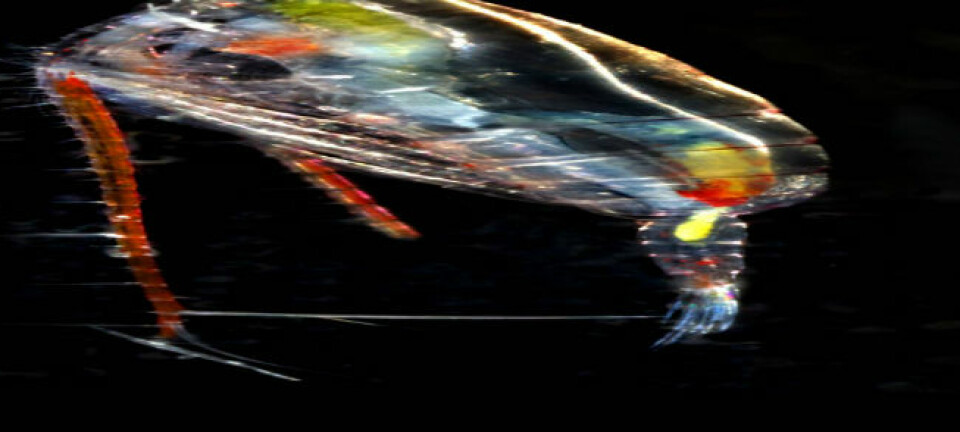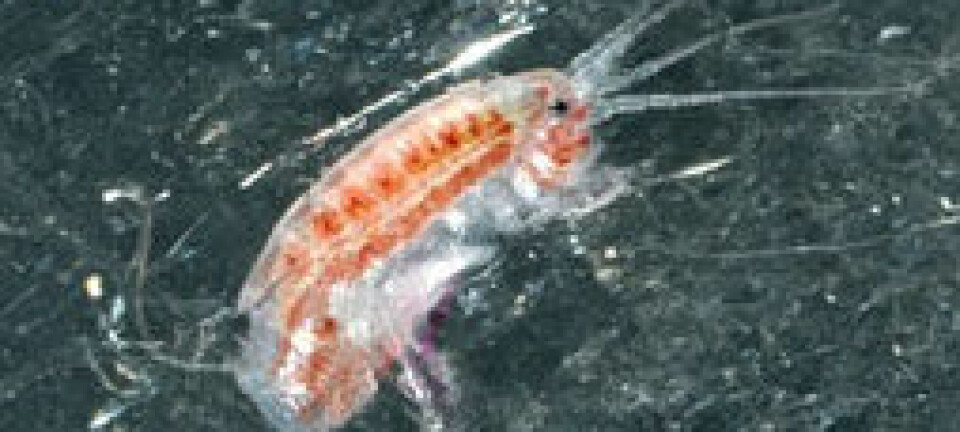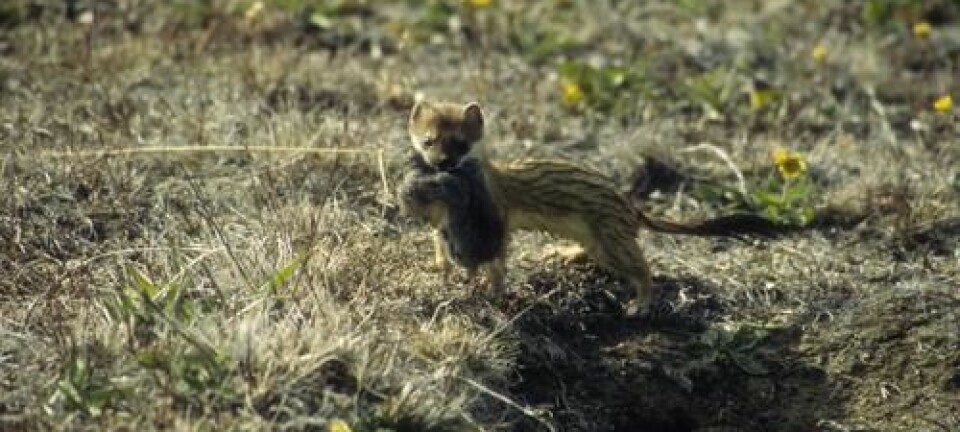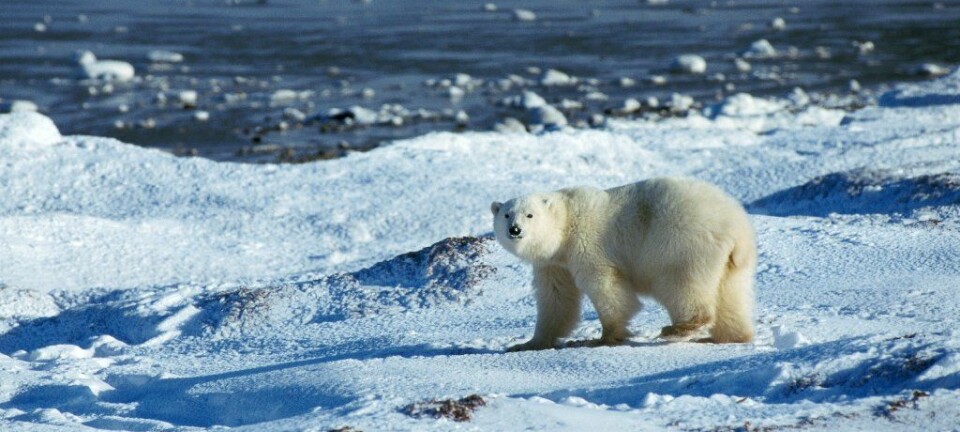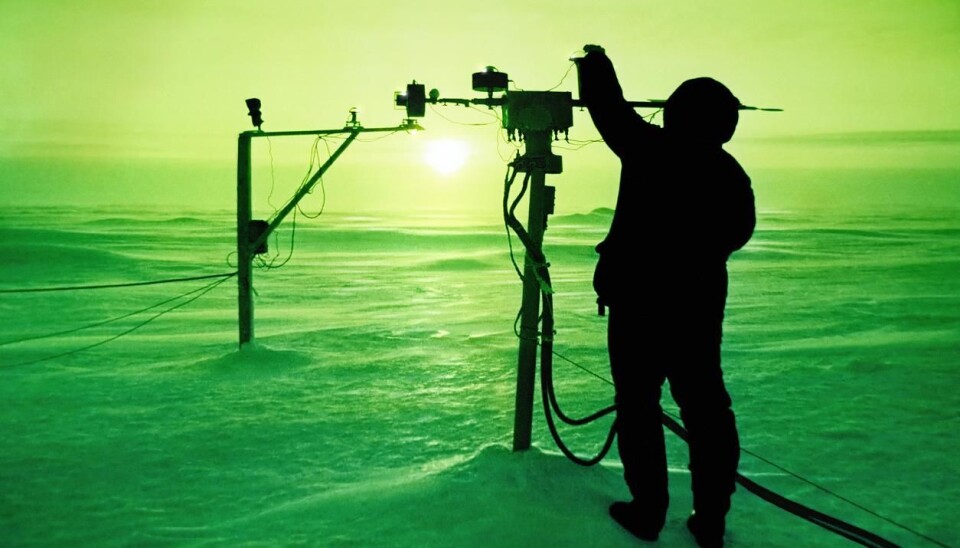
Getting Arctic raw materials requires a gentle hand
We must be very careful if we want to preserve the Arctic region’s special natural environment and culture while ensuring that the coming raw materials boom doesn’t turn into a disaster.
The Arctic has been hot this summer – literally. Satellite images have shown that the inland ice cap has been melting at a disturbing speed, the temperatures were the highest for many years and the ice coverage was the lowest since 2007.
The Arctic and its climate were also at the top of the agenda recently when researchers from Denmark, Greenland and Canada met at Aarhus University’s annual Polar Research Day to discuss how extracting raw materials can be combined with sustainable development in the Arctic region – and especially in Greenland.
Having an extreme but very sensitive natural environment, Greenlanders feel the effects of climate change to a particularly great extent.
How can we avoid an even worse impact on Greenland, its environment and people when the hunt for the Arctic’s natural resources really begins?
The Arctic has plenty of raw materials

With the world’s increasing need for a number of raw materials – energy, such as oil and gas; minerals, such as copper, zinc and iron; and, in particular, rare earths (which, for example, are used in mobile phones) – the Arctic and Greenland become increasingly interesting.
Currently there is just one small gold mine that extracts raw materials in Greenland – but it can soon get company.
“We know that traces of oil and gas have been found in Greenland,” said Ulrik Gregersen, a senior researcher at the Geological Survey of Denmark and Greenland (GEUS). “The oil companies are trying to find out how large the oil and gas reserves are.”
According to calculations by the U.S. Geological Survey (USGS), the Arctic has about:
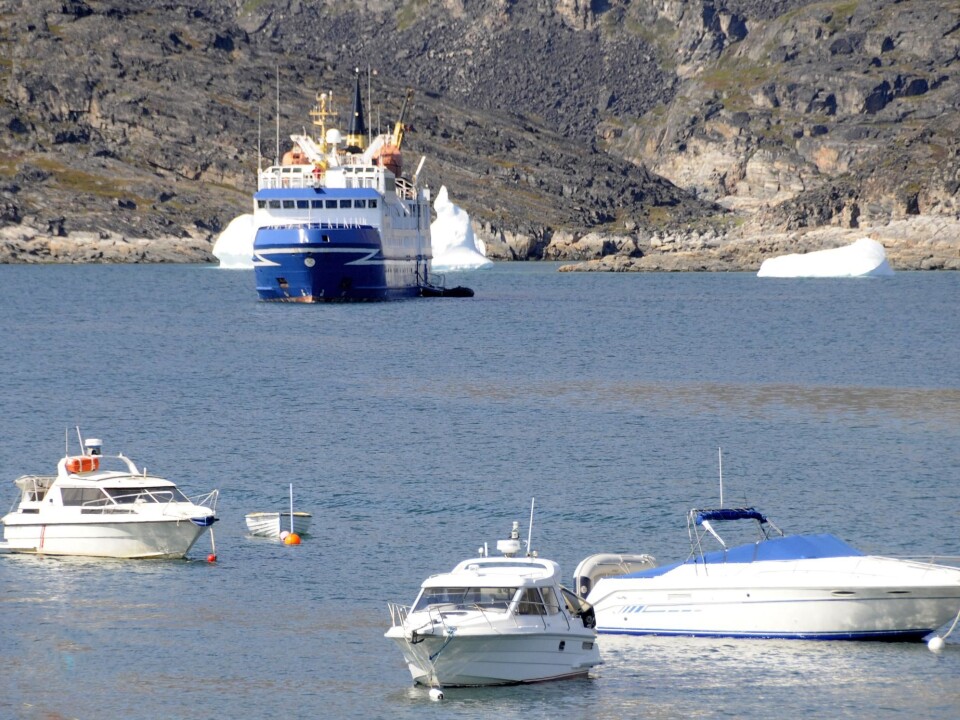
- 13 percent of the Earth’s undiscovered oil reserves
- 30 percent of the Earth’s undiscovered gas reserves
Karen Hanghøj, who heads the Department of Petrology and Economic Geology at GEUS, said Greenland has many minerals, with numerous deposits along the ice-free coasts, but the size of these deposits remains unknown.
License to drill in Greenland’s underground
Twenty licences to explore for oil and gas in certain areas off Greenland’s west coast have already been issued. All the large oil and gas companies such as the international groups BP and Shell and Denmark’s Maersk Oil have received licences.
A new licencing round for Greenland’s northeastern coast is currently in progress.
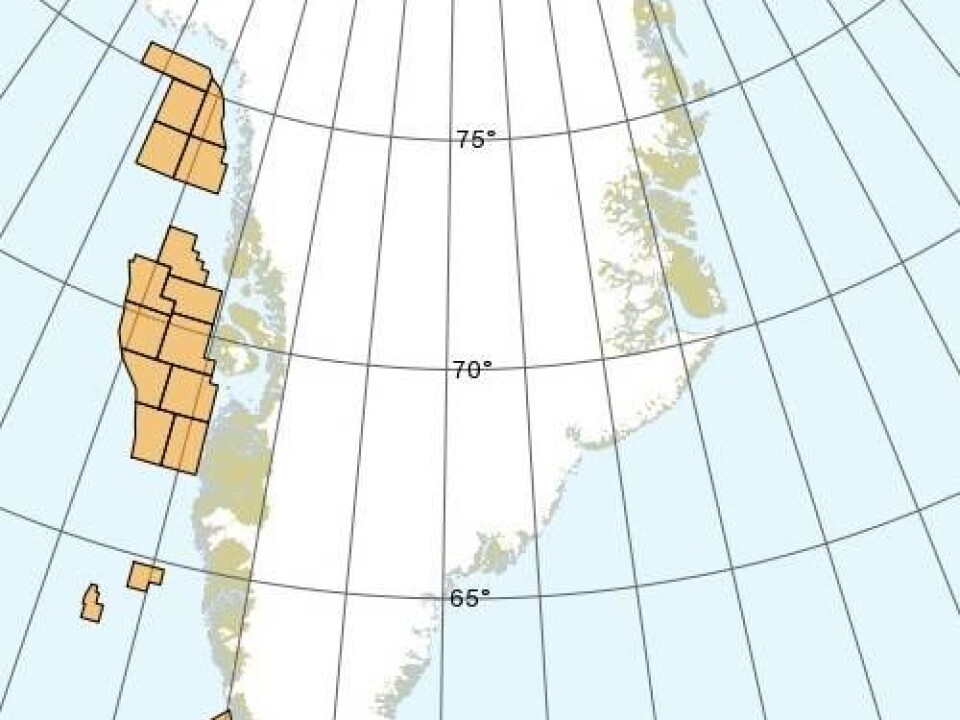
Extracting raw materials in the Arctic is an inevitable development, and it has already affected Greenland’s life and the natural environment.
Even exploratory surveys affect for instance Greenland’s wildlife, which is very sensitive to change, as there are often only very few habitats in which the wildlife can live and breed.
Anders Mosbech, a senior researcher and head of the Arctic Environment group at Aarhus University, spoke about how wildlife such as the king eider have very limited areas where they winter and shed their feathers – and it would be very unfortunate if these habitats were disturbed by mining or oil extraction.
For this reason, Greenland’s Mineral Resource Authority has prepared a set of rules for companies exploring for raw materials, and these rules limit disturbances in many of the areas that are important to wildlife.
Greenland’s nature and culture go together
When Greenland’s natural environment is affected so too are the Greenlanders, because more than half of Greenland’s gross domestic product comes from hunting and fishing.
“The sealers and whalers say that narwhals get confused by changes in the sea’s natural environment and currents, and by the exploration and tourist ships that sail along Greenland’s coasts,” said Kirsten Hastrup, a professor of anthropology and director of the Waterworlds centre at the University of Copenhagen. “As a result, the narwhals stay out of the fjords.”
She has been observing the 600-700 inhabitants of Qanaaq, a village in northwestern Greenland, since 2007.
Mosbech also said that the mining operations that Greenland has already experienced had resulted in massive lead pollution in fjords; consequently, the mussels from these fjords could not be eaten. The challenge now is to use research, development and monitoring to prevent the same situation arising again, he added.
Climate change is also affecting fishing and hunting negatively. The ice has become thinner, so the sealers and whalers cannot take their sledges out on the ice to catch walruses.
At the same time, the reduced habitats cause the polar bears to move closer to urban areas, which is a threat to the people living there.
How to avoid destroying Greenland’s nature
Greenland’s natural environment and culture are under heavy pressure. If Greenland develops into an active producer of raw materials over the next 10-15 years, everyone must ensure that the pressure does not increase.
Plenty of large oil and gas companies have been given the green light to carry out exploratory surveys. Eight mining projects are already in the late planning stage.
But the many researchers at the Polar Research Day could each contribute towards answering the important and difficult question: “How do we extract Greenland’s raw materials without spoiling Greenland’s delicate natural environment?”
Among other aspects, the Polar Research Day revealed that:
-
Everyone must be very aware of the impact that carrying out surveys, drilling and mining operations, building infrastructure and sewage systems, and planning new sailing routes have on the wildlife habitats.
-
The requirements of the environmental impact assessment (EIA) of a raw materials project must apply to all firms involved in the project – and not just the business granted the licence.
- Having a very comprehensive emergency management system is the most essential element when dealing with e.g. an oil spill.
The solution to the problems of the Arctic is unknown
The complete solution to the Arctic’s many problems and challenges is not known in advance. According to Morten Østergaard, Denmark’s Minister for Science, Innovation and Higher Education, knowledge is part of the solution.
“In Denmark we have a great deal of knowledge about the Arctic region in scientific disciplines such as biology, geology, geophysics, geochemistry, archaeology and meteorology and in the social and health sciences,” he said. “We must use this knowledge in collaborative situations – such as this Polar Research Day.”
Taken generally, the mantra and target for the many scientists at the conference can be summed up as: no matter what Greenland’s coming golden age may present in terms of wealth or challenges, it’s important that forethought and research are part of every action taken.
--------------------------------
Read the Danish version of this article at videnskab.dk
Translated by: Michael de Laine
External links
- Ulrik Gregersen’s contact details
- Karen Hanghøj’s contact details
- Anders Mosbech’s profile
- Kirsten Hastrup’s profile
